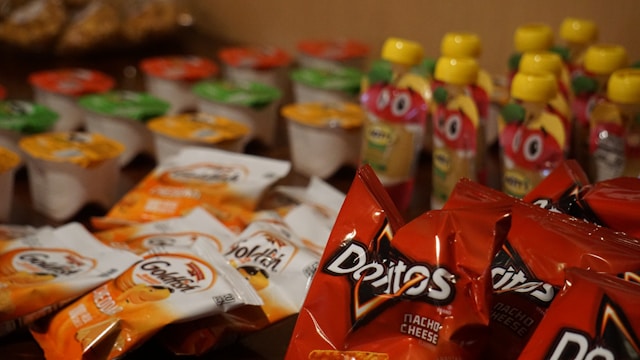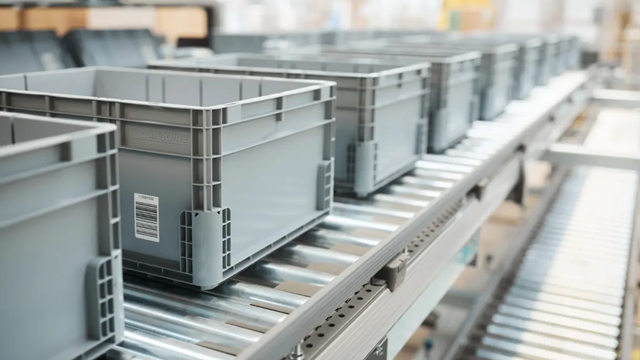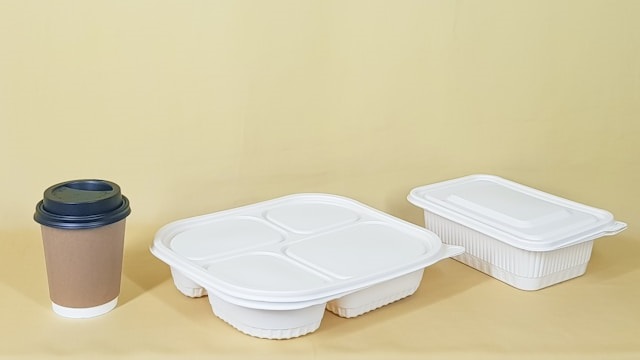Introduction: The Growing Demand for Flexible Packaging
Flexible packaging, classified under HS Codes 392321 (plastics flexible packaging of polymers of ethylene) and 392329 (plastics flexible packaging excl. those of polymers of ethylene), plays a crucial role in modern manufacturing and retail sectors worldwide. It is used for various products, including food, pharmaceuticals, consumer goods, and industrial items. As global markets continue to evolve, the demand for flexible packaging is experiencing significant growth, driven by consumer preferences for convenience, sustainability, and cost-effective solutions.
In this article, we will explore the current market trends, challenges, and competitive landscape in the global flexible packaging industry, with a particular focus on the Middle Eastern and Eurasian markets. We will also discuss the key players and standards in these regions, as well as the factors influencing market dynamics.
Global Market Demand for Flexible Packaging (HS Codes 392321 & 392329)
The global demand for flexible packaging products has surged due to several key factors:
- Sustainability: Consumers and companies alike are increasingly seeking sustainable packaging solutions. Flexible packaging, due to its lower material consumption and ability to be produced with recyclable materials, meets the growing demand for eco-friendly packaging solutions.
- Convenience: Flexible packaging offers consumers the convenience of easy-to-store, lightweight, and resealable options, particularly in the food and beverage industry.
- Cost-Efficiency: Flexible packaging is often more affordable than rigid alternatives due to lower production costs and lighter weight, which results in reduced shipping and storage costs.
The global market for flexible packaging is expanding across various regions, with Asia, North America, and Europe leading in production and consumption. However, markets in Middle Eastern and Eurasian countries are also witnessing rapid growth as demand increases for both consumer goods and industrial packaging solutions.
Market Trends in the Middle East and Eurasia
Middle Eastern Market Trends
The Middle Eastern region has witnessed significant growth in flexible packaging demand, particularly in the food and beverage, cosmetics, and pharmaceutical sectors. Key drivers for this growth include:
- Growing Population and Urbanization: With a growing population and increasing urbanization, there is a higher demand for packaged goods in countries like the UAE, Saudi Arabia, and Egypt.
- Economic Diversification: Countries like the UAE and Saudi Arabia are diversifying their economies, shifting from oil reliance to more industrial and consumer-driven sectors, leading to increased packaging needs.
- E-commerce Growth: With the rise of e-commerce, particularly post-pandemic, packaging for direct-to-consumer sales has increased, driving the demand for flexible packaging solutions.
- Sustainability Concerns: Similar to global trends, sustainability is becoming a major concern, and the Middle East is beginning to embrace recyclable and eco-friendly flexible packaging options.
Eurasian Market Trends
In the Eurasian region, countries like Turkey, Russia, and Kazakhstan are seeing a rise in demand for flexible packaging. Key drivers include:
- Expansion of Retail and Manufacturing: As retail sectors expand and manufacturing capabilities improve, there is a growing need for packaging solutions to protect and promote products.
- Global Trade and Import-Export Dynamics: Eurasian countries are involved in extensive import and export activities, increasing the demand for packaging solutions, particularly for food and beverage products.
- Increasing Consumer Awareness: Consumers in these regions are becoming more aware of sustainability, which is influencing packaging design and material choices.
Key Players and Competitors in the Flexible Packaging Market
In both the global and regional markets, several major players dominate the flexible packaging industry. These companies are working to innovate and meet growing consumer demands for sustainable and cost-efficient solutions.
Global Competitors
- Amcor: One of the largest players in the flexible packaging industry, offering a wide range of sustainable packaging solutions.
- Berry Global: A global leader in the design and production of flexible packaging for food, beverage, and industrial applications.
- Sealed Air: Known for its innovation in flexible packaging, particularly in the food and beverage sector.
- Mondi Group: A key player focusing on sustainable and eco-friendly flexible packaging solutions.
Key Competitors in the Middle East and Eurasia
- Uflex: A major manufacturer in India, supplying flexible packaging to the Middle Eastern markets.
- Al Harbi Plastic: Based in Saudi Arabia, Al Harbi is a significant player in the regional flexible packaging industry.
- Russian Plastic: A prominent manufacturer in Russia, catering to the growing demand for flexible packaging solutions in Eurasia.
Standards and Regulations for Flexible Packaging
Each region has its own standards and regulations that impact the flexible packaging market. These regulations focus on material safety, environmental impact, and product protection.
Middle East
- GSO Standards: The Gulf Standardization Organization (GSO) provides guidelines for packaging materials, ensuring that they are safe for food and pharmaceutical applications.
- Environmental Regulations: As sustainability becomes more important, the region is adopting policies to reduce plastic waste and encourage recycling.
Eurasia
- Russian Packaging Standards: In Russia, packaging materials must meet specific regulatory requirements related to safety and recycling.
- European Union Regulations: As part of the Eurasian Economic Union, countries like Kazakhstan and Belarus adhere to EU packaging regulations, which include compliance with environmental and health standards.
Challenges Facing the Flexible Packaging Market
Despite the positive growth trajectory, the flexible packaging industry faces several challenges:
- Sustainability Concerns: Although flexible packaging is often more sustainable than rigid alternatives, the industry still struggles with reducing plastic waste and increasing recycling rates.
- Cost Pressures: Rising raw material costs, especially for plastic and other polymers, are putting pressure on manufacturers to keep prices competitive while maintaining quality.
- Regulatory Compliance: As regions like the EU, Middle East, and Eurasia implement stricter regulations, packaging companies must continuously adapt to meet new standards, particularly regarding material safety and environmental concerns.
Conclusion: The Future of Flexible Packaging
The flexible packaging market is experiencing robust growth across the globe, including in the Middle East and Eurasia. While the demand for sustainable and cost-effective solutions is driving market expansion, challenges such as regulatory compliance, sustainability, and cost pressures persist.
As companies strive to meet these demands, they must innovate and adapt to the evolving market landscape. The future of the flexible packaging industry lies in embracing new technologies, improving sustainability practices, and addressing consumer concerns, particularly in emerging markets like the Middle East and Eurasia.
By understanding these market trends and challenges, businesses in the flexible packaging sector can better position themselves to thrive in an increasingly competitive and dynamic global market.











